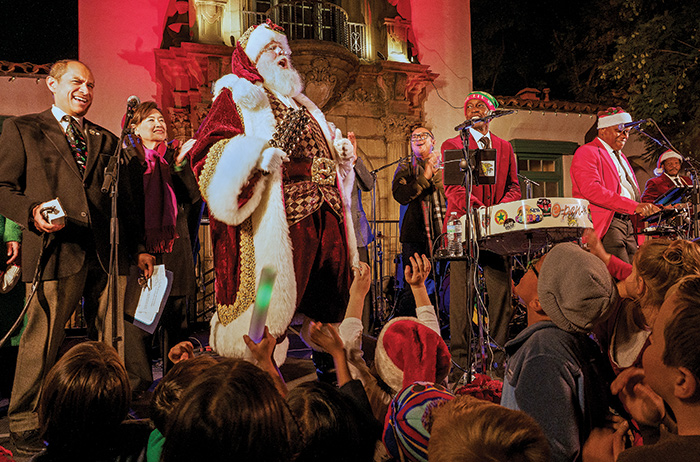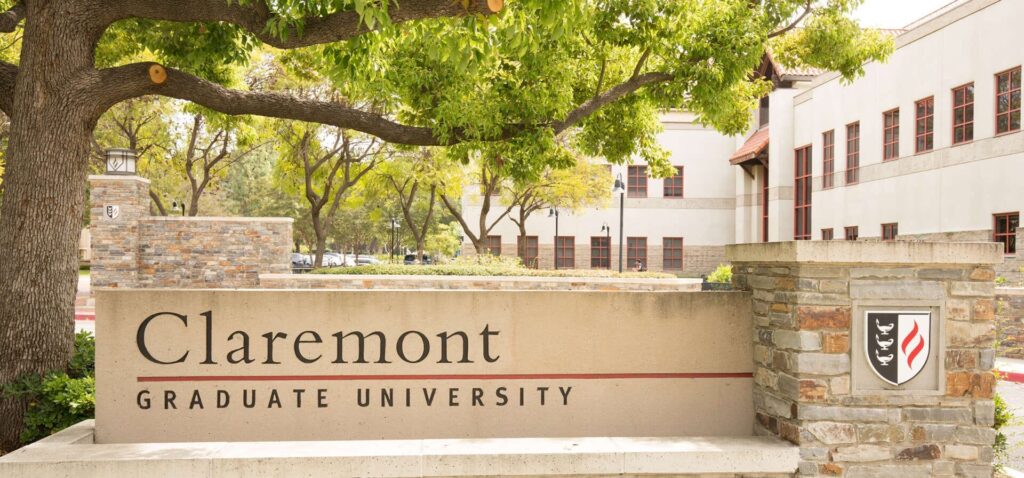Bicycle safety starts with an informed rider
Bicycle riders come in all shapes and sizes and if you’re planning on taking to the road this summer, there’s no better place to ride than the City of Trees. With over 30 linear miles of bicycle infrastructure, beginner and advanced cyclists can stretch their legs and practice th
This summer, the City of Claremont and the Claremont Senior Bike Group are sponsoring a series of free bike safety classes, teaching safe bicycling techniques on public roads and streets. As certified instructors with the League of American Bicyclists and avid bikers themselves, Tom Shelley, Steven Frieson and Peter Boor, know a thing or two about the joys and challenges of cycling in the City of Trees.
“Bicyclists have the same rights and responsibilities as motor vehicles and motorcycle drivers,” explains Mr. Shelley. “A lot of people don’t know that, particularly children.”
National Safety Council statistics show that bicyclists between the ages of 5 to 14 years have the highest accidental death rate among bicyclists.
According to the city website, most bicycle accidents in the City of Claremont occur between 7-8 a.m. and 2-3 p.m., a time when many children are traveling to and from schools. Parents are strongly encouraged to talk with their children about bicycle safety and attending a free class taught by certified instructors is a great place to start.
Sycamore student Ben Taylor attended the June 19 Traffic Skills 101 class with his father, Chuck, and followed that up with a Saturday ride with one of the instructors, who provided him with some real-life experience on the road.
“I’m really interested in riding my bike to school next year and I learned a lot from the safety class,” the 10-year-old said. “We rode from the Hughes Center to Thompson Creek Trail and I learned how to cross the street and avoid hazards like a rock in front of you by twisting your front wheel to avoid it. It was a nice way to learn.”
Protecting yourself
In 2013, there were 15 bicycle related collisions in the city of Claremont. Earlier this month, a Fontana cyclist riding south on Mt. Baldy Road lost his life after a vehicle struck him. Riding with the flow of traffic, controlling your lane, being aware of your surroundings and wearing a helmet, regardless of age, are just a few of the basics bicyclists need to know to ride safe on the streets.
“We believe most accidents are avoidable if you use basic skills,” explains Mr. Shelley. “On a narrow rural road, bicyclists have to take control of the lane. It’s hard enough dodging rocks, but being on the shoulder is dangerous. When you’re in the middle of a lane, you force the cars to slow down and pass you when it’s safe.”
Councilman Sam Pedroza, an experienced cycler, knows all too well that a pleasant ride can turn into a horrific crash in just the blink of an eye. Mr. Pedroza was seriously injured in August 2011 when he took his road bike to the gym and ended up in the hospital following a collision with a vehicle.
“It was a new bike and it was like going from driving a semi truck to a Ferrari,” explains Mr. Pedroza. “I was right around the corner from my house and going fast. There was a truck parked up ahead; I looked over my shoulder to get over and smashed into the back of the truck on Arrow Highway.”
The councilman suffered 2 cracked vertebrae in his neck, a fractured nose and deep lacerations to his face. Although his injuries were serious, the councilman says it could have been much worse. “I was close to being paralyzed and the helmet on my head saved my life,” Mr. Pedroza said, emphasizing to the attendees, “Always wear your helmet!”
As a result of his accident, Mr. Pedroza used some left over campaign money and started Sam’s Lids, a program offering free helmets for cyclists in need. Teaming up with Coates Cyclery in Pomona and the Rotary Club of Claremont, Sam’s Lids has given away around 50 free helmets to date. If you’re in need of a helmet or would like to donate to this cause, please contact Tom Shelley at (909) 496-8431.
Operating a bicycle requires the same skills as driving a motor vehicle. Riders are expected to obey all traffic signals and signs, never pass on the right of another vehicle and never needlessly block a traffic lane.
“More often than not, motorists are going to avoid you,” Mr. Frieson told the class. “Be assertive of your position in the road and you’re going to be ok.”
Claremonters are fortunate to have many bike lanes throughout the city although there are still many non-shareable and narrow lanes cyclists are faced with during a ride. If a bicycle lane is not available, cyclists should be sure to stay at least 5 feet from parked cars and ride in the rightmost lane that leads to their destination.
Protecting your bike
The increasing popularity of bicycling as a sport and as a means of transportation has made bicycles an easy target for thieves. Last year, 118 bikes were reported stolen in Claremont and nowhere are bicycle thefts more prevalent than around college campuses. Registering your bicycle on a national bike database and purchasing a strong lock are just two things you can do to protect yourself from becoming a victim of bike theft.
Many bicycles are easily stolen because the owner just plain failed to lock it up. Your first line of defense against theft is storing your bicycle in a secure location with a good lock.
“Bike owners need a quality lock, not just a cable lock,” advises Claremont Police Lieutenant Mike Ciszek. “Cable locks can be easily compromised. The best choice is strong, reliable U-lock.”
Jax Bicycle Center in the Village offers a wide range of U-locks starting at $45, but recommends the Kryptonite KryptoLock with the additional 4-inch cable that secures the bike’s wheels to the frame. “Riders need to protect their wheels too,” explain Jax employee, Sean Ranallo. ”You’d be surprised how many people come in here with a $200 bike and are shocked when it costs $100 to replace a stolen wheel. If it’s a front wheel you’ll need a new wheel with an inner tube, a new tire and a new rim strip. If it’s a rear wheel, you’ll also have the gears to replace. If you lock your wheels with your bike frame, thieves are going to have a harder time stealing them.”
The National Bike Registry (NBR) recommends combining a cable and a solid steel U-lock, or even two U-locks, when securing your bicycle. Always lock your bike in a visible, well-lighted area to a fixed, immovable object like a bike rack. If you have a multi-speed bike, leaving it in the highest gear will make it much harder for a thief to shift quickly and get away with your bike. The more time and trouble it takes a thief to attack your bike, the less likely it is that your bike will be stolen.
Since 1984, the National Bike Registry has been working with law enforcement to return stolen bikes to their rightful owners. A bike registered with a national database can be identified by police and returned to the owner instead of being sold at an auction. For $10 for 10 years, you will be provided with a Certificate of Registration and a tamper-resistant NBR label to identify your bike should it ever be stolen and recovered. A family registration fee of $25 is also an option and will cover up to 5 bicycles at a single address for 10 years.
You can register at www.nationalbikeregistry.com.
Future bicycle safety classes will be held at the Hughes Community Center on the third Thursday of the month in July and August. The classes are free and will be open to kids from fourth grade and up to adults.
Be sure to check the COURIER calendar for future dates and times.
—Angela Bailey
news@claremont-courier.com










0 Comments